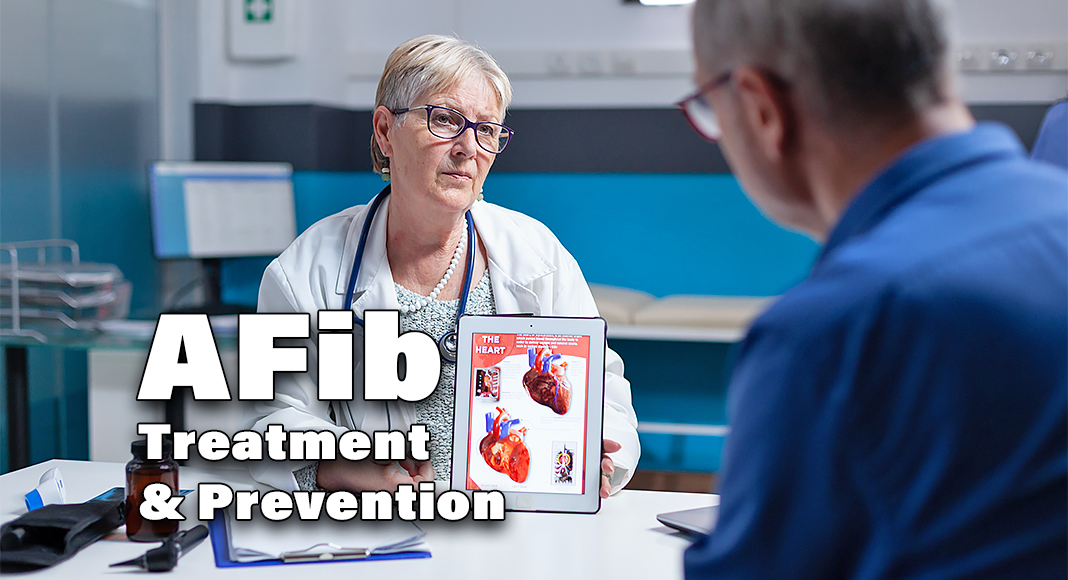
Mega Doctor News
American Heart Association
Know your treatment goals
The treatment goals of atrial fibrillation, also called AF or AFib, start with a proper diagnosis through an in-depth examination from a doctor. The exam usually includes questions about your history and an electrocardiogram. Some patients may need a thorough electrophysiology study. Read about AFib treatment options.
Prevention and risk reduction
Although no one can guarantee that a stroke or a clot is preventable, there are ways to reduce risks.
After being diagnosed with AFib, the ideal goals may include:
- Restoring the heart to a normal rhythm (called rhythm control)
- Reducing an overly high heart rate (called rate control)
- Preventing blood clots
- Managing risk factors for stroke
- Preventing additional heart rhythm problems
- Preventing heart failure
Your doctor may recommend adopting lifestyle changes, including those listed below:
- Get regular physical activity
- Eat a heart-healthy diet low in salt, saturated fats, trans fats and cholesterol
- Manage high blood pressure
- Avoid excessive amounts of alcohol and caffeine
- Don’t smoke
- Control cholesterol
- Maintain a healthy weight









